Fuzzy Bunny PH
A go-to guide for bunny owners, old and new, to learn about the proper care for their little binkying house rabbits.



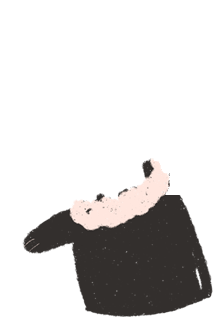





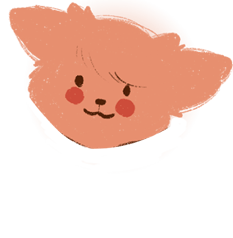
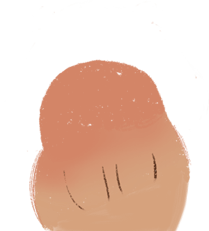


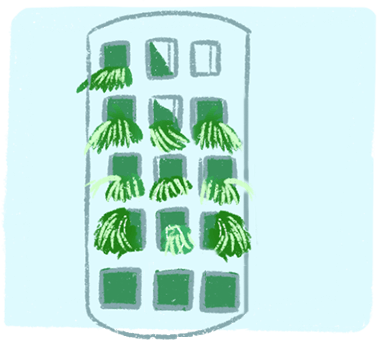



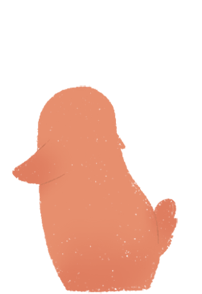
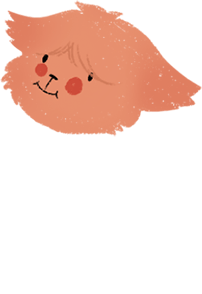
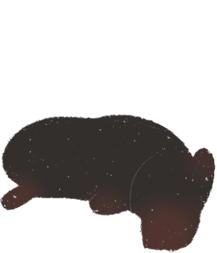

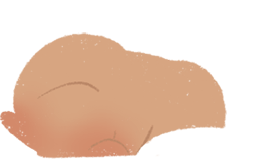

Diet
Hay | Pellets | Vegetables | TreatsIn general, a bunny's diet consists of high amounts of fiber. Giving them the right diet will help keep your bunny healthy and happy. The type of food bunnies will need depends on how old they are.
- 6 months below = Junior
- 6 months and up = Adult
- 4 years and up = Mature/Senior
Hay! Hay! Hay!
Hay is the most important part of your bunny's diet. They need unlimited amounts of it as it is high in fiber and very beneficial to keep their teeth worn down and their gut moving to prevent stasis.
The type of hay will depend on the age of your bunny. If the bunny is a junior (6 months and below), they will need alfalfa hay as it will help them in their "quick grow" phase because of its high calcium content.
Once they reach adult stage (6 months and up), bunnies should be transitioned to hay that is high in fiber like timothy or meadow hay.
Pellets
Pellets are essential to your bunny's diet as they provide specific vitamins and minerals which cannot be provided by hay alone. It is important to give them good quality pellets at the right amount of only 1 tablespoon per day to avoid making them picky eaters.
Take note of the ingredients of the pellets you feed your bunny. The main ingredient should be hay and must not have any corn, seeds, cereal-like feeds, or any animal protein. Please remember that these ingredients or muesli/mixed pellets are not good for them – these can cause digestive and dental issues.
Just like hay, the type of pellets you give your bunny would depend on their age. For junior bunnies, they'll need junior pellets which are usually alfalfa-based and a little over 1 tablespoon a day.
At around 5 to 6 months, you will have to slowly transition your bunny's pellets to timothy-based as they are much higher in fiber, which is of high priority at this stage, and lower in calcium, which your adult bunny will need limited amounts of. To do this, you will have to mix 10% of the adult pellets with 90% of the old pellets and increase the intake of the new pellets daily by 10%. By the 10th day, your bunny's pellets should be fully transitioned to the new pellets. Properly transitioning their pellet is important as to not disrupt their digestive tract.
By the 4th year, your bunny will need to transition to senior pellets. This may still be a young age for them to be considered seniors but giving them these pellets will be helpful in preventing any kidney or other internal issues as they grow older.
The Philippines currently does not have any senior rabbit pellets available but hopefully, someone will import quality brands soon.
Vegetables
Bunnies are herbivores, so one would assume that they would need lots of vegetables in their diet. Contrary to popular belief/misconception, these are only supplementary to their diet and should only be given in limited amounts. An easy way to gauge this is by giving them a handful amount per day that is a size of their head.
For junior bunnies, we don't recommend giving veggies at all as their tummies cannot digest it properly yet and could cause blockage.
Treats
Just like vegetables, treats should be a regulated part of your bunny’s diet. It can be used to see if they're okay or to train them to do tricks as a form of bonding with them.
Fruits, if possible, should be avoided as much as possible. They are too high in sugar and not really needed in their diet. As I always say: if they've never tried it, they won't miss it.
Safer types of treats are the ones that are natural for them like some dried herbs or the ones made out of hay like hay sticks or loops. Most treats sold in pet stores are usually very high in sugar or have ingredients that are not safe for them and could cause blockage.
Be sure to always check the ingredients of the food you buy for your bunny to see if it is safe for them.
Water
Of course bunnies need water also. They need unlimited amounts and should be potable enough that even a person can drink it. It is not advised to mix anything in their water as it could alter their gut and make them dependent on it to the point that they wouldn't be able to drink clean fresh water anymore.
If you need help looking for any type of food for your bunny, you may check out the suppliers list created by Save Rabbits Ph or send us a message and we can help you.


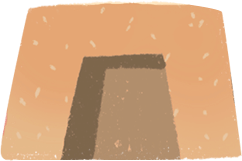
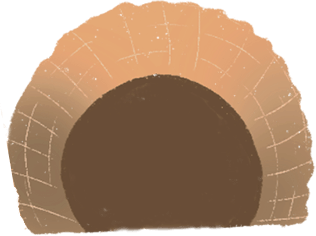


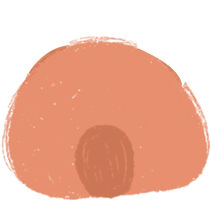





Supplies
Enclosures | Hay Rack | Litterbox | BowlsEnclosures
Enclosures are something that most new bunny owners get wrong when shopping for it the first time. Most cages in pet stores that are advertised for bunnies are usually too small or paved with flooring that is bad for their feet. Bunnies need lots of space and as per RWAF, they recommend that a bunny's enclosure should be 10 x 6 x 3ft. An easy way to gauge this is by using the three-hop rule: your bunny should be able to do three full hops (not steps) and can easily stand in their two feet (also known as periscoping).
Another thing to remember when looking for the right enclosure is to make sure that the flooring is solid, as wired flooring is painful for their feet. Bunnies do not have little paddings on their feet like dogs or cats do so they have to be in comfortable flooring; otherwise, they can get sore hocks which can feel very painful and uncomfortable.
Hay Rack
Since bunnies need unlimited amounts of hay in their diet, it would be practical if you provide them a rack to put their hay so you won't have to keep refilling their bowl. Also, if the hay is in a bowl, your bunny will have the tendency to pee on it.
Litterbox
Most people don't know that bunnies can be trained to use a litter box! It would be helpful to put it where their hay rack is, as they like to do their business while eating. Be sure to use bunny-safe litter like wood pellets, paper bedding, newspaper, disposable pee pads or simply, hay. Clumping litter and wood shavings are two of the dangerous types of litter; clumping can cause blockage when eaten, while wood shavings emit fumes which are bad for their lungs. Providing the right litter can help absorb the pee but be sure to regularly clean it too, to prevent it from smelling too much.
When picking the right litter box for your bunny, you do not have to get an expensive one; in fact, you can just get a basin that is big enough for them to make a 360 turn. If you don't want your bunny to step directly on the litter and their feces, you may put plastic flooring that has holes that can fit their poop.
Bowls
Bowls enable your bunny to drink more naturally, and they get to drink more rather than when they're given water through bottles. Be sure that their water bowl is weighed down so they won't be able to tip it over or else you'll have to keep refilling it.
Bowls for their pellets or veggies can be used but it would be better to make them work for their food by hiding it in bunny-safe toys or in their hay rack for some enrichment activities.
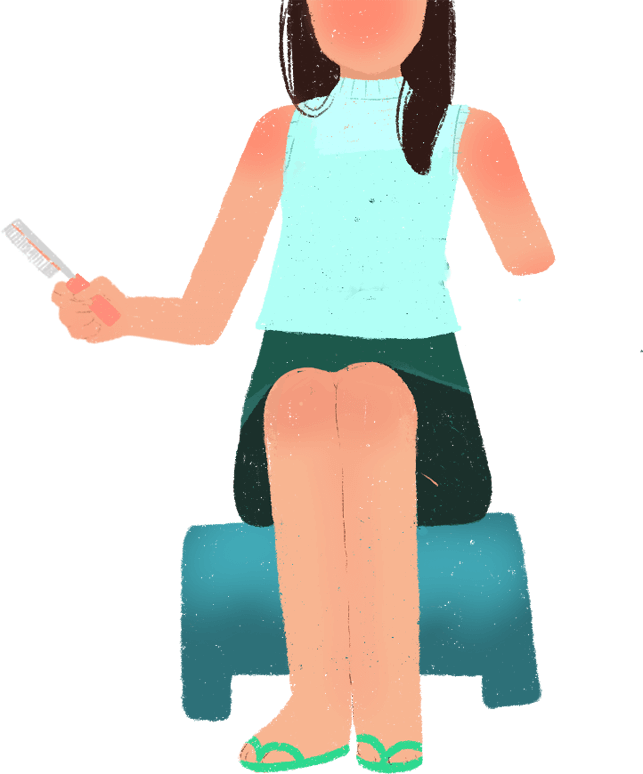
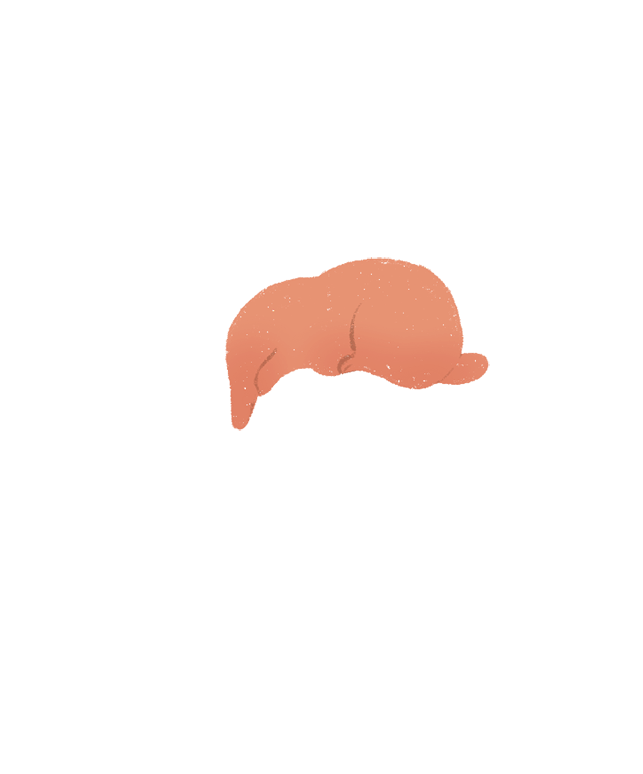
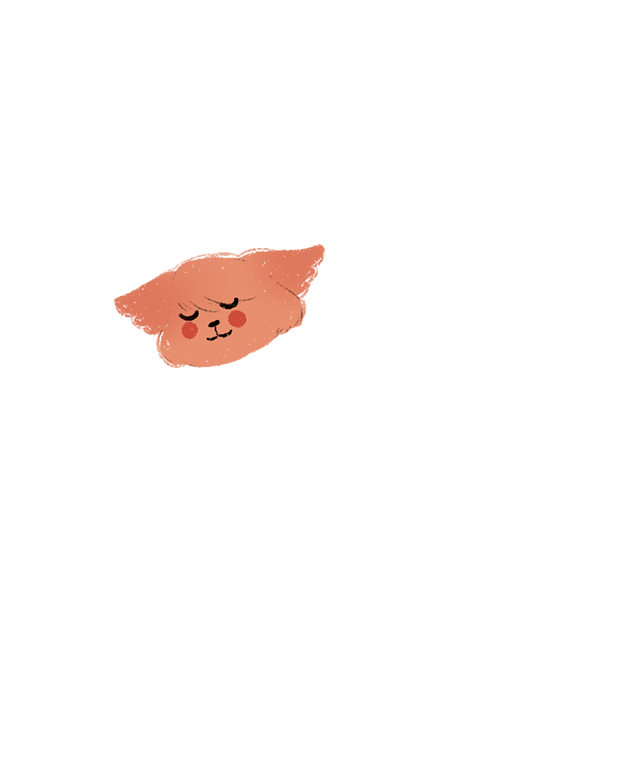

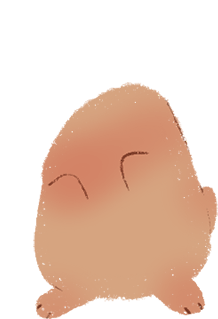




Care
Handling | Grooming | Nail TrimmingHandling
Bunnies – being prey animals – hate to be lifted or carried as it feels like a predator is taking them. If ever you need to carry them, be sure to support their butt area and their chest. Lifting them by the ears or scruff is not safe as they have very delicate bones which can break if mishandled.
It must be emphasized that putting your bunny on their backs (aka trancing) is a big NO. They may seem relaxed and would be helpful in grooming them but this is actually very stressful to them as it is their natural response to fear. Doing this slows down their heart beat and speeds up their breathing. Please do not attempt to do this.
Grooming
Bunnies regularly shed their fur. Oftentimes it's a light shed, but sometimes a heavy shed can occur, wherein they'll get a shed pattern on their fur. It is important to brush them when this happens as they could ingest their fur which could lead to very bad blockage. If you see their poop is connected with a threadlike substance, it's a sign that they've ingested some of their fur while they were grooming themselves.
When looking for a brush for your bunny, be sure that it will help get rid of their shedding fur and is not painful for them. Bunnies have sensitive skin so using hard brushes like the ones for dogs can damage their skin. Rubber-like type brushes work well for them as these won't hurt their skin and can get out a lot of their fur at the same time. Using a flea comb with a rubber band weaved in-between the bristles can also work.
It must be emphasized that baths are NOT ALLOWED or bunnies as they can be fatal. This is very stressful for them and very unnecessary as they can keep themselves clean. The most you can give them is a butt bath if the bunny has a poopy butt.
Nail Trim
Just like hoomans, your bunny's nails will grow too and of course it is important that we regularly give them a nail trim once in a while. Doing this could be tricky especially if you don't have someone to assist you for the first time.
Trimming a bunny's nails should be done carefully as they have a blood vessel in their nails called the kwik which should be cut. If ever you accidentally cut this, the nail will bleed and you'll have to apply some Kwik Stop or cornstarch to stop the bleeding.
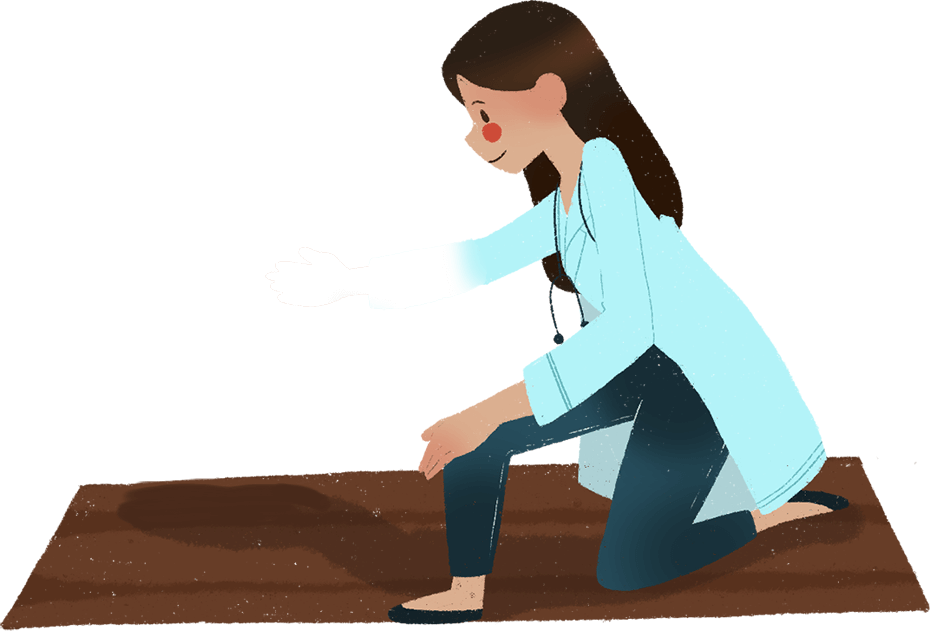


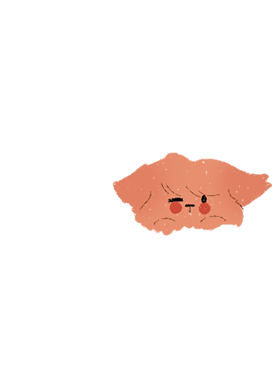


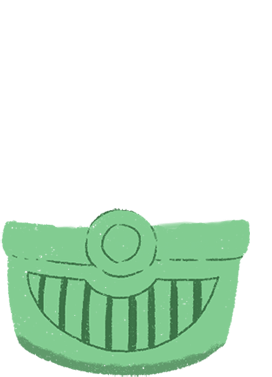
Health
Check to see if your bunny needs some first aid care
or if it is time to make an appointment to your vet
Health
Check to see if your bunny needs some first aid care
or if it is time to make an appointment to your vet
Health
Exotic Vets | Wellness Check | Spay/NeuterExotic Vet
It is important to have access to an exotic pet if you're caring for a bunny. They are very fragile animals and very different from a cat or dog. So bringing them to a non-exotic vet might prescribe meds that are safe for a dog or cat but fatal to bunnies.
Over the past 3 years, we've been compiling a list of vets in the Philippines that can cater to rabbits. Although we have our personal recommendations, they might not be accessible to everyone in the country. You may check the list of exotic vets to see if there is one near you.
If there is no vet near you, then you can try to message Vets in Practice or Manila East Veterinary Care for an online consultation or they could also recommend an exotic vet near you.
Wellness Check
It is important to do a weekly health check for your bunny. It would be helpful also to keep track of their wellness check to see it there are any sudden changes with your bunny.
There are 10 things to regularly check your bunny on:
- Demeanour - What is your bunny's usual behavior? Has it changed recently? Are they itching more than usual?
- Nose/Eyes - Are they free from discharge? No flakes in the nose?
- Ears - Are these free from wax build up or discoloration? Are the bases of both ears feel roughly the same as your normal hand temperature?
- Skin/Fur - Is the fur free from any kinds of flakes? Any matting on the fur? Is the skin free from urine scalds or sore hocks? Are there any inflammations in the skin?
- Weight - Did your bunny's weight change a lot since you last checked him/her? Is s/he overweight/underweight?
- Genitals/Tail - Are they keeping their scent glands near their genitals clean? Is their tail free from any poop?
- Feet/Nails - Are their feet free from sore hocks? Do their nails need trimming?
- Mouth/Teeth - Are their incisors aligned? Is their chin wet or damp and crusty? Is their jaw aligned on both sides and smooth?
- Urine/Feces - Is the color of their pee normal? Is it cloudy in color? No blood mixed in the urine? Are the poops round and solid? Has the size decreased? No sting-like substance that links the poop together?
- Medication - Is your first aid kit complete? You may check our list of recommended meds for first aid
Doing a weekly check on your bunny will help you determine if you need to bring them to the vet. For example, their hay intake has decreased and there are little to no poops. Then this could be a sign of GI Stasis. If their chin is wet and crusty, then the bunny could have dental issues. Possible illness in rabbits will be explained more in the future as this is a very broad topic and they have a lot of different kinds of illnesses.
Spay and Neuter
We highly advocate in spaying and neutering your rabbits! Not only does it prevent any unwanted litter but it helps with preventing certain types of cancer, hormonal behavior, and pee spraying. They'll also be easier to litter train and bond with their companion bunny.
Getting your bunny fixed is a very scary procedure for them so it's best to always prepare for it. Make sure the vet who will be doing this is rabbit-savvy and has experience getting other rabbits done in the past. Remember also that bunnies do NOT need to fast before the procedure as they cannot vomit and need nutrients in their tummy to avoid complications during the procedure.
Post care is just as tricky as you'll have to make sure they're comfortable when they get home and that they eat within 12 hours after the procedure. Be sure that your get some take-home meds from the vet especially pain relief like Meloxicam as your bunny will need it.

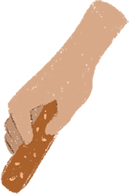
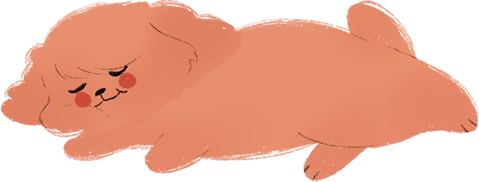





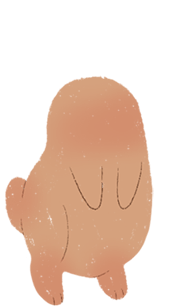

Behavior
Body Language | Enrichment | Training and AgilityBody Language
How your bunny acts around the house can say a lot about how they feel especially since they're very quiet creatures.
- Periscope - This is where a bunny stands on their hind legs and looks up and around. This means they're curious with what's going on.
- Binky - This is when a bunny jumps and shakes almost at the same time. This shows they're very happy and excited.
- Thump - This is when a bunny stomps their back legs when they sense danger around them. Usually occurs when there's a sudden unfamiliar sound happening.
- Tooth Purr - This may be hard to hear unless you're really near your bunny, you'll usually hear this when you pet them and they really like it. If you suddenly stop though, they will thump at you.
- Chinning - This is how they show that they're marking their territory, they will rub their chin on items they claim is theirs.
- Butt Twitch - You'll see this if you feed them a very tasty treat that they really like.
- Flop - New owners usually panic when their bunny does this thinking that the bunny has died but really, they're just so relaxed and would like to take a rest.
- Zooming - This is when the rabbit runs around really fast showing extreme happiness and joy.
Enrichment
Bunnies are crepuscular animals meaning, they're active during sunrise and sunset. And when we say active, we mean very active animals. This is why they need lots of space and toys in their area to keep them from getting bored.
Some toys you can give your bunny are:
- Stacking cups - Hide treats under the cups to encourage your rabbit to look for it.
- Plastic keys - They like to throw objects for fun and these would be better for them to throw than their water bowls.
- Slinkies - You can weave some veggies or hay in between the slinky. Just be sure the size of the slinky is small enough so that their little heads won't get stuck in between.
- Hidey House/Tunnels - There are hidey houses specifically made for small animals but you can make your old using old cardboard boxes and cutting some holes. Rabbits like to hide in dark places and would retreat in them when they're tired.
- Balls - This helps keep them active by letting them push it around their area. Small balls that are designed for pet can be used also to hide their treats inside for a little enrichment activity.
These are just some of the toys you can give them to encourage enrichment activities. You can give other toys as well just make sure it's safe if they chew on it and have no toxic paint.
Training and Agility
Bunnies can be trained to do tricks! There is a facebook group we joined called TrickBun Spark Team which teaches their members how to train their bunnies using a clicker and a target stick. This is helpful also in bonding more with your bunny.
Agility training is also possible with bunnies. It's a great way to get your bunny to exercise and stimulate their minds. You can check out San Diego Rabbit Agility Club on Facebook to see fun videos of bunnies doing agility training.
Adopt!
Fuzzy Bunny Ph highly advocates adopting than buying bunnies as there are a lot of neglected bunnies looking for new homes. If you are looking to adopt a bunny, then click here.
Send us a message:
- if you have some questions or clarification about adopting
- if you have other questions about bunny care, or
- if you need help understanding your bunny better
We're in the process of adding more info about proper bunny care to our site, so check back from time to time.
DISCLAIMER: We will try our best to help you with your bunny but we are not vets! For any medical emergencies, please consult your exotic vet.
"*" indicates required fields